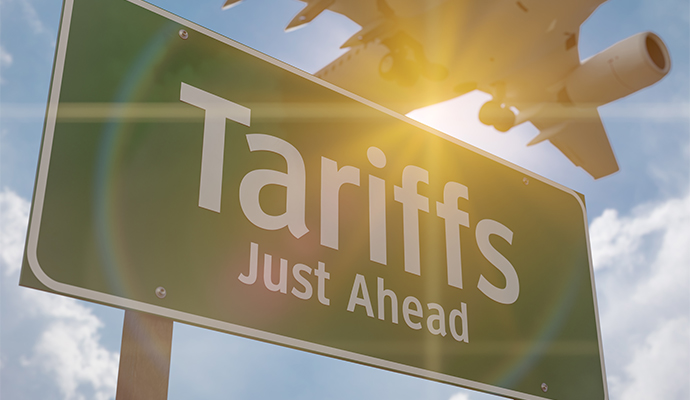
Carol Lynch highlighted both the uncertainty and the complexity for exporters:
Companies would have accessed the US market with very low to minimum tariffs, and now suddenly you're hit with 10% depending on the industry. Worse was not knowing where that was going to go. Would it go to 30%? Where was it going to land?
That uncertainty has had a very real impact on planning for Irish businesses – from pricing strategies to distribution timelines. As the tariff framework widened to cover steel and aluminium, Carol noted how this filters down into day-to-day decision making for manufacturers:
Irish manufacturers are having to ask, do I have an element of steel in my packaging, for example? How do I work out what the value of that is? That's not clear as yet.
For many homegrown exporters, the implications extend beyond immediate costs. Carol emphasised the long-term risks to market access.
The Irish homegrown exporting base will be hit badly. You’ve spent years building that market up. You may be a unique product that doesn't have a competitor, but if there's an alternative product on the US market, consumers are not going to pay a premium price unless there's a really good reason.
Tariffs of 15% may be lower than some of the levels threatened earlier in the year, but they still represent a significant departure from the near-zero environment Irish exporters had previously enjoyed. For high-margin multinational sectors, the costs may be absorbed – but for smaller and medium-sized businesses, the impact can be far greater.
This makes customs strategy, tariff planning, and proactive supply chain management critical. Navigating product classification, tariff codes, and potential exemptions requires both specialist expertise and forward planning.
You can read the full feature, “Are tariffs actually working for Donald Trump and the US?” by Tony Connelly, on RTÉ.ie.
